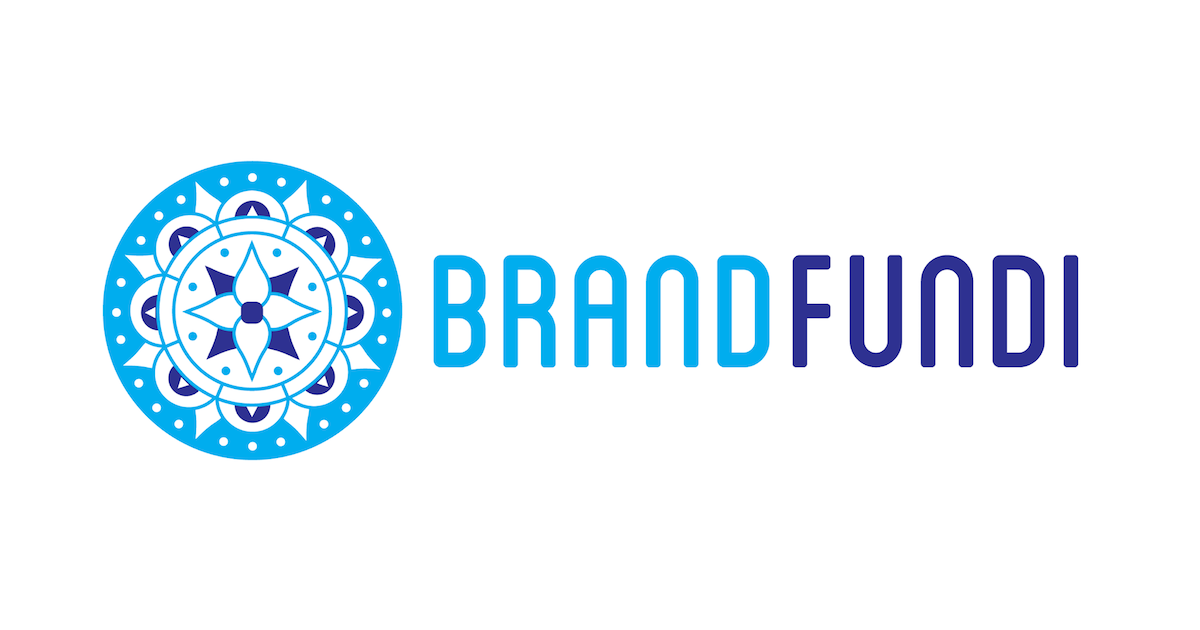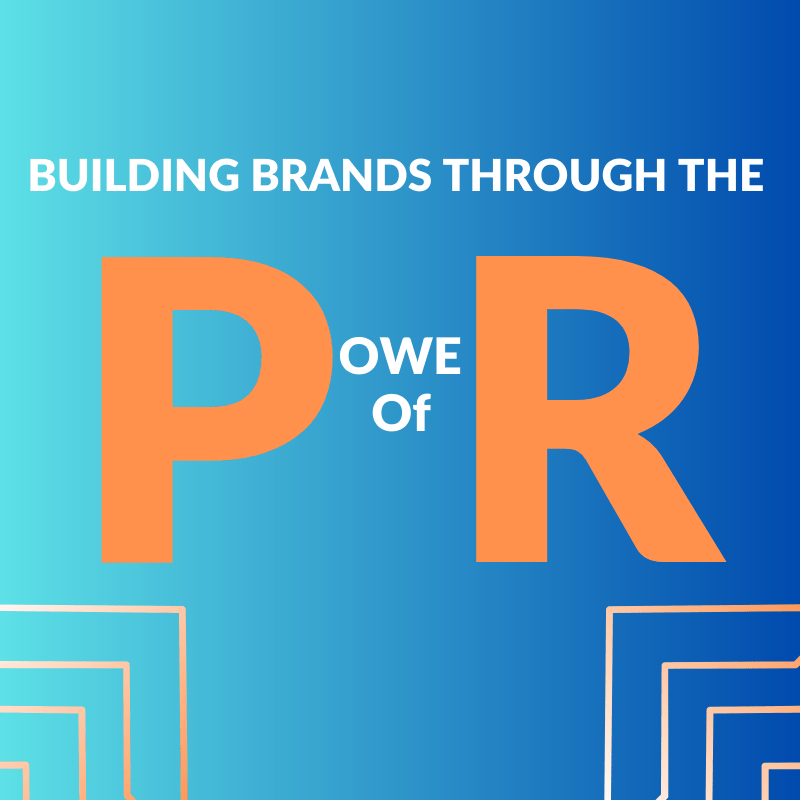Building brand equity is essential to any successful marketing and branding strategy, and modern PR plays a pivotal role in this process.
The difference between what a company is worth and what it’s worth to potential customers is defined as brand equity. Brand value/worth is a combination of factors which add up to an overall perception of a brand, i.e., the sum total of everything done, said and what it represents. By leveraging its powerful tools, modern public relations (PR) is critical to building brand equity.
That said, brands are built by consumers, not companies; therefore, brand equity is built by consumers. And so, value is created through managing the perceptions and experiences of consumers through modern PR.
Brand Finance evaluates 5,000 brands annually to determine which are the strongest and most valuable. It validates the relationship between marketing measurement and financial performance and demonstrates that the stronger the brand (i.e., the higher the brand equity), the better it performs financially.
Why Brand Equity Matters
Customers have high expectations, and poor brand performance results in lost loyalty, revenue and retention. A brand with high equity is seen as credible, worthy of trust and likeable and will therefore sustain growth and success as a result.
Customers globally stopped doing business with a company because of a negative experience, and some have ceased doing business with a company because of unsatisfactory customer service. The impact cannot be ignored:
- 68% of consumers will pay more for products/services from a brand known to offer good customer service experiences.
- 93% of customers will make repeat purchases with companies that offer excellent customer service.
- Businesses can grow revenues between 4% and 8% above their market when prioritising better customer service experiences.
- 13% of customers tell 15+ people if they have a negative experience.
- 72% of customers will tell six or more people if they have a satisfying experience.
- And it takes 12 positive customer experiences to make up for one negative experience.
When consumers encounter a product/service, they typically have certain expectations based on advertising, recommendations, and prior experiences. However, these expectations may not always align with reality, resulting in feelings of disappointment, frustration, and potential loss of business for the company. To close this gap, companies should follow through on their promises, establish attainable expectations, and proactively solicit customer feedback to ensure that they meet their needs and expectations.
The Transformation of PR
PR has undergone a significant transformation in recent years, largely driven by these key factors:
- Without a doubt, digital has been the biggest contributor to the shift in PR. Social media, websites, blogs, and online news outlets are now central to PR campaigns for real-time engagement, brand message amplification, and timely crisis management.
- Content creation and storytelling have been the buzz for the past decade. To stand out in a saturated digital landscape, brands must craft compelling stories that resonate with target audiences.
- Data is everything; it helps make more informed decisions about campaigns by tracking metrics to optimise strategies and demonstrate ROI.
- Collaborating with influencers has proven to be effective, albeit a shift to micro-influencers who are more easily able to convert sales if they create authentic content that resonates with target audiences.
- Brands recognise the importance of integration with marketing to create a unified message across all channels to ensure consistent messaging and strategic alignment.
- The speed and reach of digital media have made managing PR crises more challenging – the need to respond quickly and transparently to minimise negative impacts.
- The growing importance of CSR and ethical practices has placed greater emphasis on transparency and maintaining a positive brand reputation.
- The rapid pace of change in the industry demands being up-to-date on emerging trends and technologies to remain relevant and effective in their roles.
Harnessing the Power of Modern PR
Harnessing the power of PR requires considering several unique points;
- Authenticity: Build authentic connections through relatable stories, real people, transparent communication, and genuine experiences.
- Leverage Emerging Technologies: Utilise AI, VR, and AR to improve customer experiences and drive engagement.
- Micro-influencers: Collaborate with micro-influencers to target niche audiences with high engagement rates.
- Sustainability: Prioritise sustainability efforts, share eco-friendly practices, and communicate efforts to reduce the brand’s carbon footprint.
- Data Analytics: Use data to gain insights into consumer behaviour and preferences, enabling the creation of effective campaigns.
- User-Generated Content: Embrace user-generated content to give consumers a voice, build a sense of community, and enhance brand loyalty.
- Social Media Engagement: Prioritise engagement with followers and foster a two-way conversation on social media platforms.
Maintaining and Updating Brand Equity
The brand equity model is a framework used to understand brand value. When there is a strong connection between a brand and its customers, it gives rise to positive brand equity. The model comprises brand association, loyalty, quality, and awareness. Each component plays a key role in creating and enhancing brand equity, zooming in to identify areas for improvement and developing strategies to enhance the brand’s overall value.
Building a brand equity model requires time, effort, and resources – it should be reviewed and updated at least once a year. Factors such as market changes, customer preferences, and brand evolution should also be considered. Significant business changes may require more frequent updates to align the model with new goals and strategies. Maintaining a robust brand equity model means conducting market research, defining the brand identity, understanding brand meaning, measuring brand response, fostering brand resonance, developing brand equity strategies, and monitoring and adapting the model over time.
By leveraging the latest PR tactics and technologies, brands can create compelling experiences, reinforce brand values, and build strong emotional connections with customers. Understanding customer needs, maintaining a consistent brand message, and exceeding customer expectations is crucial. Through these efforts, brands can establish a strong brand identity, foster loyal customer relationships, and drive business growth and success.




